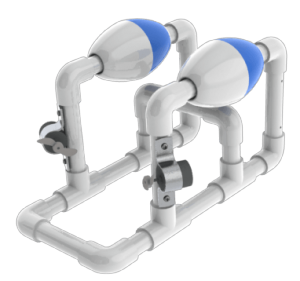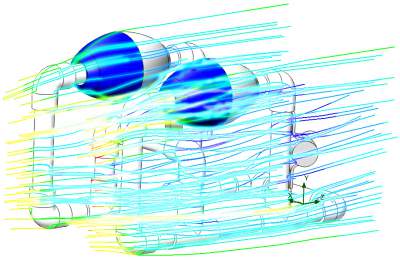Virtual SeaPerch (VPerch) Project
Project Overview:
In partnership with HI FusionEd, Office of Naval Research (ONR), and Navatek, VPerch was created to provide students with the opportunity to learn about various STEM applications as they relate to underwater robotics. The emphasis of VPerch is to introduce students to the engineering design process through the virtual design (3D CAD) process where they can design and simulate (virtually test) their UROV design and analyze the results before building the physical system. Using the virtual design and simulation process, students see first hand how their design will perform under certain conditions. Once their virtual design is completed and have enough confidence that it will perform as designed, they migrate to the build phase where they can build their ROV based on their virtual design specifications.
Throughout the duration of the project, students will learn about robotics, marine engineering concepts, and science/math applications to build an underwater ROV while integrating problem solving, teamwork, and technical skills.
The challenge: Build awareness and interest in technical fields such as engineering.
The project is based around underwater Remotely Operated Vehicles (ROV) programs that are comprised as ready to build kits.



